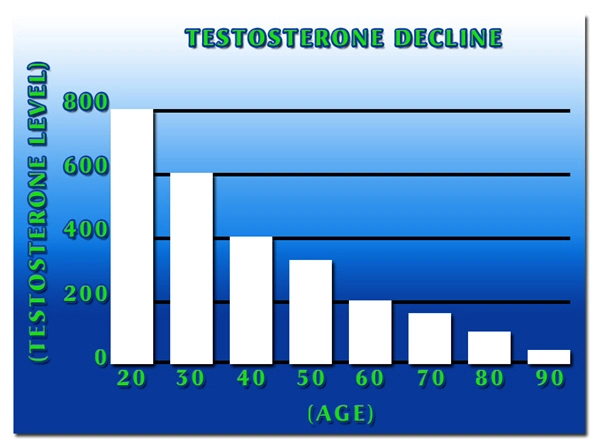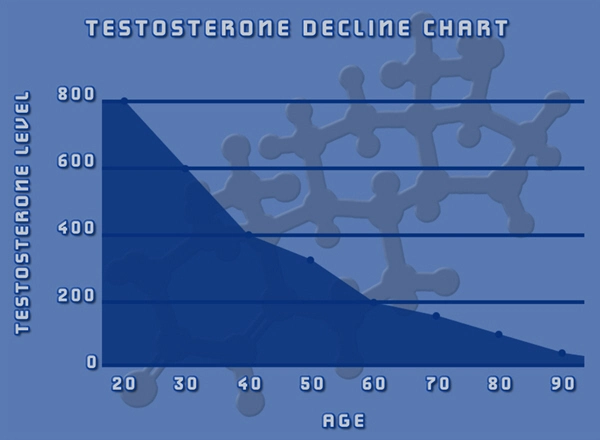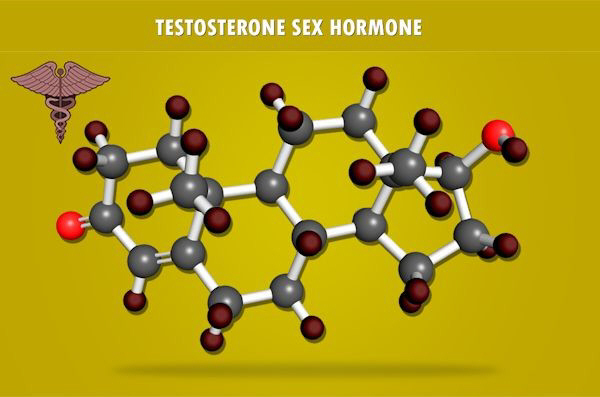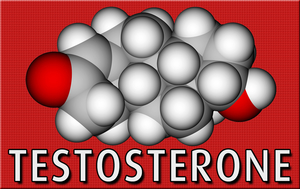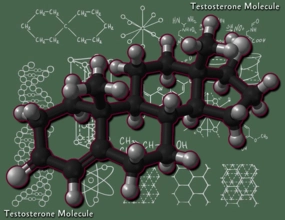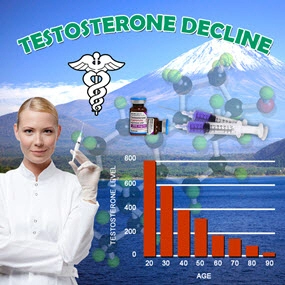Video Link: https://vimeo.com/298646949
Video Download: Click Here To Download Video
Video Stream: Click Here To Stream Video
New research from Cambridge provides evidence that a man's ability to run long distances is associated with his ultimate reproductive capacity. Researchers hypothesize that ancient women considered a man's ability to cover long  distances easily a trait which showed that they had a lot to offer as a mate. If a man could run quickly and effortlessly, this was a sign that they were in good health and could act as a sufficient provider for a potential family.
distances easily a trait which showed that they had a lot to offer as a mate. If a man could run quickly and effortlessly, this was a sign that they were in good health and could act as a sufficient provider for a potential family.
Human beings are one of the only animals that are capable of traversing long distances in a single session, which is one of our primary evolutionary advantages. Unlike animals such as cheetahs or lions which rely on sprinting and overpowering their prey, ancient humans relied heavily upon exhausting their prey. Chasing them at a steady and consistent pace until they just had no more energy to escape, a point at which ancient humans used their tools to finish off their prey and return to their communities. Furthermore, the study also provides evidence that men's hands are an important indicator of their promise as a mate.
Being a good distance runner is one of the most critical characteristics of early man's ability to hunt and feed his family. Intelligence also plays a role and is a sought-after trait in addition to overall physical fitness. Smarter men were  more able to outwit and outlast their prey, leading them to be more effective as fathers and providers. In this sense, it is likely that sport has played a significant role in human culture from the beginning, and it is expected that foot-races were among the earliest form of competition among males.
more able to outwit and outlast their prey, leading them to be more effective as fathers and providers. In this sense, it is likely that sport has played a significant role in human culture from the beginning, and it is expected that foot-races were among the earliest form of competition among males.
There is still some debate regarding how adult males in ancient tribes fulfilled the needs and obligations of their kin. Some argue that men provided primarily for their families, while others say that men worked together to meet the needs of the entire tribe. It is likely that a combination of these two factors has long been at play in human culture.
Along with physical fitness and intelligence, a male's willingness to give and share is also considered an essential aspect of desirability, as men willing to offer that which they have to their potential partner means that they will likely provide those same benefits to the offspring.
Prenatal Testosterone Exposure Associated with Increased Evolutionary Viability
The body of research today suggests that males that are exposed to high levels of Testosterone as they develop in the womb are more likely to have healthier hearts, stronger libidos, and more viable sperm than their counterparts. Men with more Testosterone are also stronger, more confident, and more open to risk than their peers, which provides a further evolutionary advantage.
Testosterone and Hand Structure
Interestingly enough, one of the most reliable indicators of Prenatal Testosterone  Exposure is the length of one's fingers. In particular, the length of the second and fourth fingers in comparison to one another is in direct correlation to the level of Testosterone received by the male in the womb. Men that were exposed to higher levels of Testosterone in the womb have longer ring fingers as compared to their index fingers.
Exposure is the length of one's fingers. In particular, the length of the second and fourth fingers in comparison to one another is in direct correlation to the level of Testosterone received by the male in the womb. Men that were exposed to higher levels of Testosterone in the womb have longer ring fingers as compared to their index fingers.
This measurement is often used by fertility specialists as a non-invasive means to gauge the odds and potential rate of successful reproduction in men. This measurement is referred to as the 2D:4D Ratio.
2D:4D Ratio Associated with Sexual Viability and Long-Distance Running Capacity
In this particular study, researchers collected data from 542 participants, all of which ran a half-marathon after their digit ratio was recorded. Out of these participants, 103 of those selected were female, and 542 were male. Their hands were assessed by capturing an image via photocopy.
To gauge how prenatal Testosterone affected long-distance running performance, the researchers compared those in the top tenth of 2D:4D ratio to those in the bottom tenth of 2D:4D ratio. The results were pronounced: Men  with smaller proportions were much slower than their counterparts. Those with the lowest ratios took 24:33 more time to complete the half-marathon on-average as compared to those with the largest ratios.
with smaller proportions were much slower than their counterparts. Those with the lowest ratios took 24:33 more time to complete the half-marathon on-average as compared to those with the largest ratios.
In fact, this comparison was significant among both sexes, but the difference among women was much less extreme, indicating that the ability to run long distances was a sex-characteristic that evolved specifically among males.
What Does this Testosterone Research Mean?
By showing how Testosterone Exposure benefits men throughout their lives, and specifically in the womb, it demonstrates the importance of prenatal care and how exposure to Endocrine Disrupting Chemicals and other factors which suppress healthy hormone production during pregnancy can have long-lasting effects upon the child.
how exposure to Endocrine Disrupting Chemicals and other factors which suppress healthy hormone production during pregnancy can have long-lasting effects upon the child.
This study is also one of many which shine a light on the history of human sexual selection, and what traits are ingrained in the human brain as attractive to the opposite sex.
Contact Us Today For A Free Consultation

Word Count: 819

